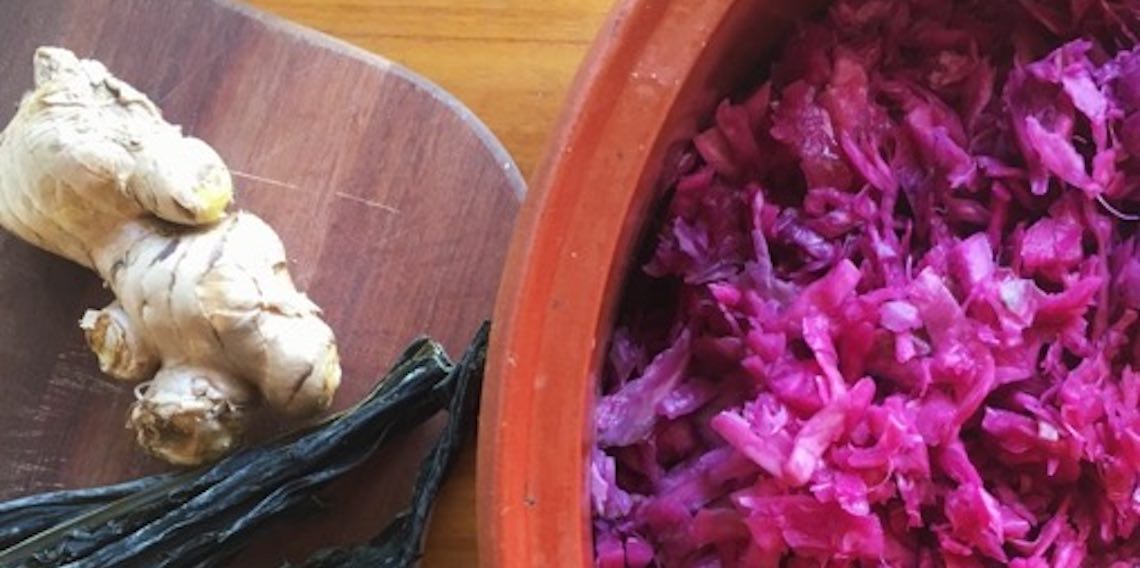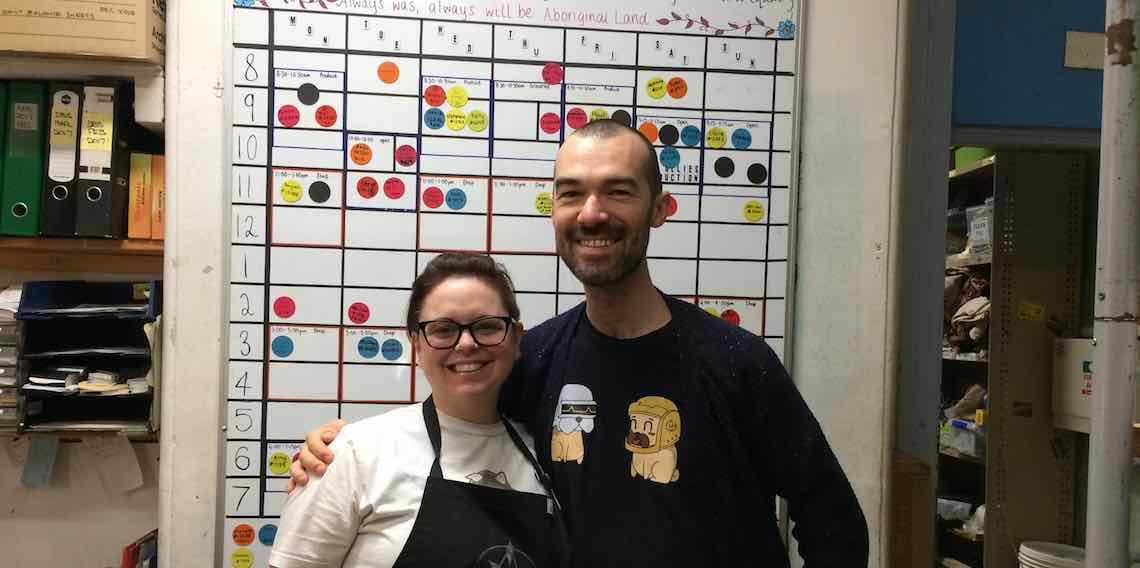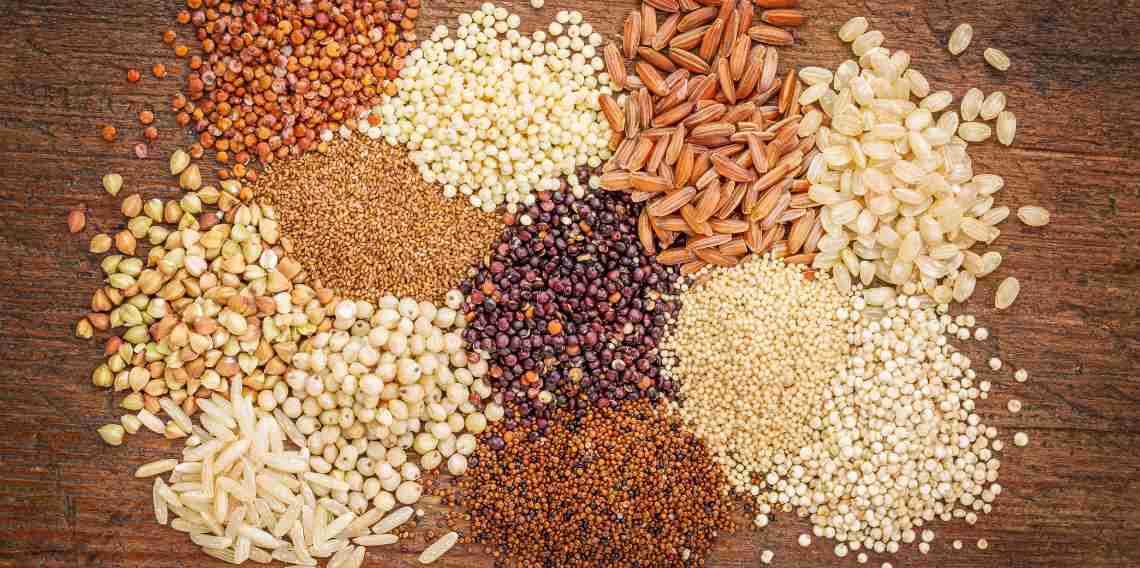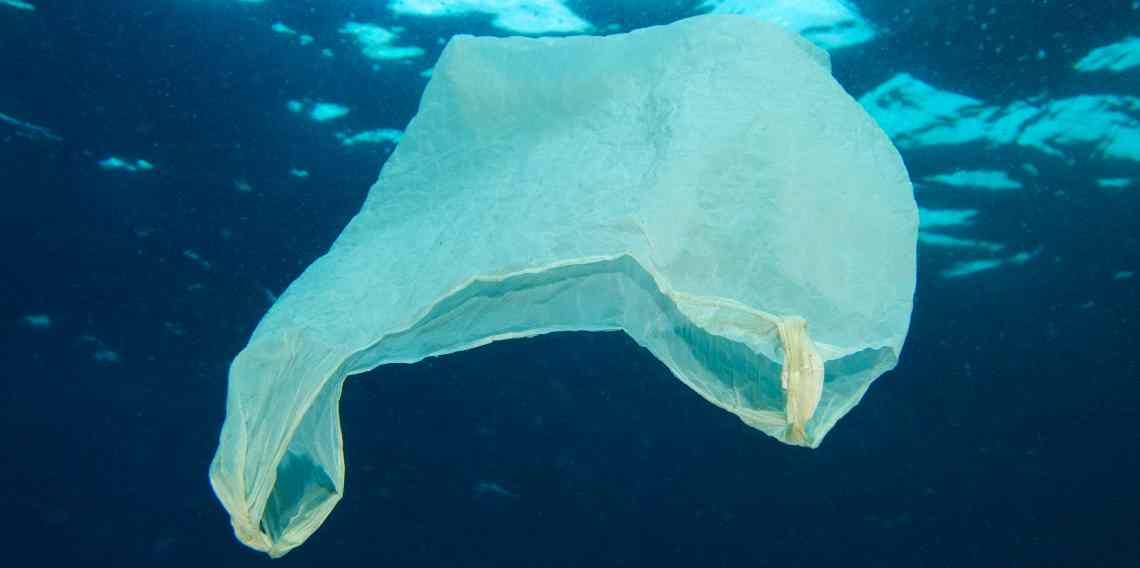In addition to being an Alfalfa House volunteer, Clara Bitcon is a women’s health naturopath and natural fertility educator. Her natural medicine practice, Medi.atrix Women’s Wellness, provides insightful and empowering guidance for women who want to take back their health naturally (www.mediatrixwellness.com.au).
In this blog, Clara tells us about the wonders of sauerkraut, and treats us to a simple and tasty recipe.
Sauerkraut is ultimate gut supporting food. It’s a member of what I like to call ‘elemental basics’: ancestral foods that have been largely lost to modern living yet offer so much to our health. It’s brimming with beneficial bacterial and the cabbage itself is rich in a gut supporting protein called glutamine. You can add healing herbs and spices to support your body in whatever way it is needing. It is food that nourishes our internal soil; our microbiome.
The recipe below will create enough for about two large jars of sauerkraut. You can make it in larger batches too. Making your own is easy and makes eating it daily so much more affordable.
Materials
- 1 large bowl or food grade bucket
- 1 plate that snuggly fits the bowl/bucket
- knife
- pounding device (meat hammer, rolling pin, pestle etc.)
Ingredients
- 1 head of cabbage, red or green, shredded
- good quality salt, such as Celtic or river salt
Optional extras
- For calming the digestion: caraway seeds or fennel seeds and grated ginger, dill or fennel tops
- For firing up the appetite: umeboshi plum paste
- Anti-inflammatory ingredients: grated ginger and turmeric
Directions
Part 1: Prep the Cabbage
Boil some water and fill the bowl you are going to use to ferment the sauerkraut. After a few minutes, pour out water.
Place a couple of handfuls of shredded cabbage into the bowl. For every cup of cabbage, add two teaspoons of salt.
Pound well with a wooden pounder/meat hammer/rolling pin (anything that will serve the purpose of pounding!). You want to pound enough so that you bruise all their cell membranes and release their juices.
Add the next round of shredded cabbage and salt and repeat pounding. Continue these steps until you have used all your cabbage. African drumming music recommended for this part!
Part 2: Tuck it Away to Ferment
With a spatula, wipe down all the sides of the bowl. Find a plate that fits over the top of the sauerkraut – this is important because you want to create a completely oxygen free environment. If there are gaps around the side, the sauerkraut will rot rather than ferment.
Push the plate down with force, so that the fluid released from the cabbage rises above the plate. This will create a perfect seal.
If not enough juices are rising, either pound a bit more and try again. Or pour some boiled water over the plate to create the seal.
Place a heavy weight on top of the plate. As it ferments, more juices release, and you’ll notice the fluid level rise. This is very good. Wrap in a tea towel and set aside.
Part 3: Patience
Check on your kraut every few days. Don’t be alarmed if mould is forming in the liquid; because the vegetables are sealed off, it won’t affect them. Pour off the liquid, wipe down the sides and refill with freshly boiled water.
After 8 – 10 days your kraut should be ready. If you live in a cold climate, it may take longer. If you’re in the tropics, it may be shorter.
Holding plate down, pour off the liquid and have a taste, if it is not sour enough for you give it a couple more days.
Part 4: Bottle Up
When ready, spoon the sauerkraut into sterilised jars and cap. You can store these in the pantry for up to a year, but once you have opened them store in the fridge.
How to eat sauerkraut?
Traditionally sauerkraut was added as a side to most meals, especially if it contains meat. I like it on toasted sourdough, avocado and cracked pepper, in buddah bowls, on jacket baked potatoes or as a garnish to any Asian inspired dish. It’s versatile, so sneak it in in unexpected places.
Facebook: www.facebook.com/clarabitconnaturopathy
Instagram: www.instagram.com/mediatrixwellness






